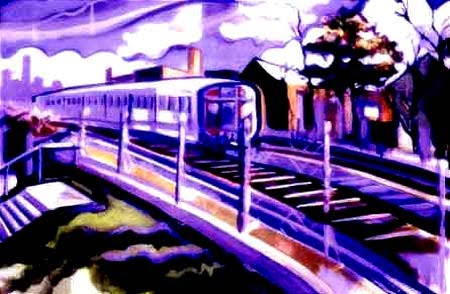 |
| (AP Photo/Eugene Hoshiko) |
During his stops in both Japan and China, government and business representatives in those nations have offered to invest in California's high-speed rail network should their competing technologies and firms be chosen as exclusive or leading partners in the effort. While the level of investment for either nation would be dependent on the scope of their involvement, and federal and state investment will still contribute a sizable portion of the project, the inclusion of foreign investment in California's high-speed rail network could just be the bridge from the current mix of $12.3 billion in state ($10 billion) and federal ($2.3 billion) support already committed to the program to its total $40 billion pricetag.
American theorists on U.S. protectionism and exceptionalism will likely gasp at such arrangement, arguing such a move would suggest an inherently week American economy and governmental structure. Leaving such lofty discussions of economics and political theory to other observers, its important to note that those arguments ignore a fundamental truth of American history and its economy: we've always been dependent on help from others around the world, and nowhere moreso than our infrastructure and transportation technologies. Salon.com offers a fantastic account of Sino-American cooperation on building California's railroads, then and now. Meanwhile, immigrants from many countries toiled in relative poverty to build our subways, railroads, highways and telephone lines – infrastructure that remains the backbone of our society today. Moreover, the space program that put a man the moon and instilled so much national pride during the 1960s and 70s did so with substantial know-how and resources from German scientists in the immediate aftermath of World War II. So to suggest that incorporating foreign investment and knowledge now to realize a high-speed rail network in California is nothing short of revisionist.





where to buy a train horn i like your blog and got information which i want to get about horns so keep it up dear for more
ReplyDelete